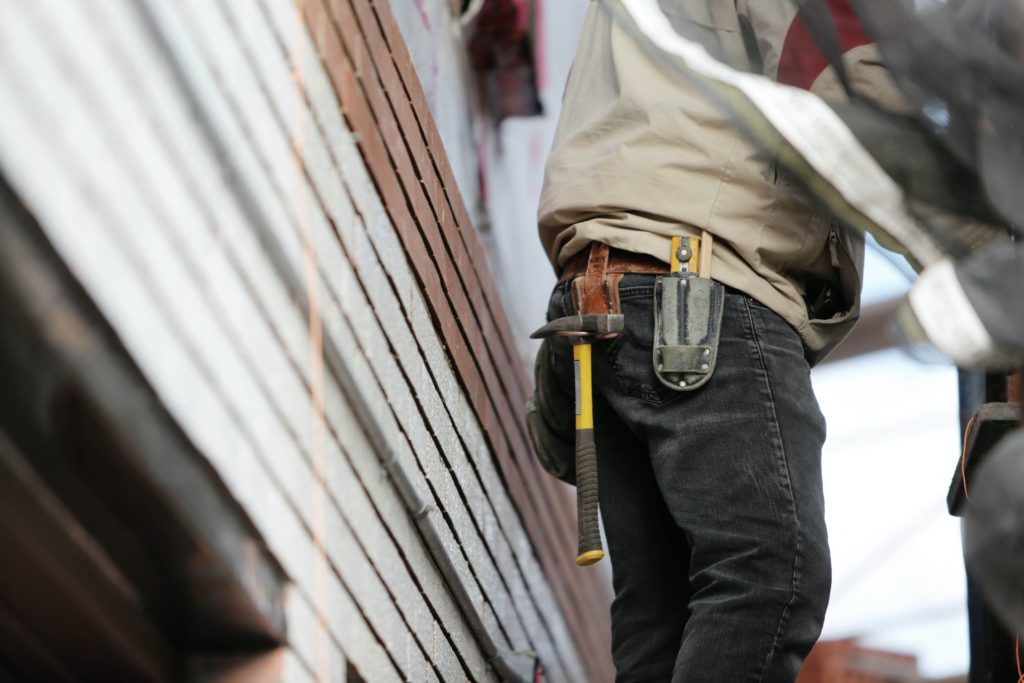The desiccant air dryer is one of the main components of a compressed air system. Moisture in compressed air can cause a lot of damage to the systems it’s used in, which is why desiccant air dryers exist. As the name suggests, they ‘dry’ the air by removing moisture from it, thus preventing several problems, from corrosion and rust to ice formation and blockages.
But to keep anything running smoothly, you need to stay on top of maintenance and inspections to detect problems at an earlier stage. Let’s look at how to maintain your desiccant air dryer.
Maintaining Your Desiccant Air Dryer
Replace Desiccant Material
At the heart of a desiccant air dryer is the desiccant material. This material is responsible for removing moisture from the compressed air through physical and chemical reactions. But over time, as it is used more and more frequently, the desiccant material can become saturated and less effective, leading to decreased performance and inefficiency. The dryer doesn’t run as well as it used to.
Maintenance is important, but most manufacturers typically recommend replacing the desiccant cartridge once to twice a year, depending on the system’s operating conditions.
First, you must isolate the air dryer from the compressed air system and depressurize it to replace the desiccant cartridge. Then, open the dryer and remove the old desiccant bag. Once the old material is removed, clean the inside of the dryer and insert the new desiccant cartridge according to the manufacturer’s instructions.
Check and Clean Filters
Filters play a critical role in maintaining the efficiency of desiccant air dryers by preventing contaminants from entering the system. Over time, however, filters can become clogged with dirt, dust, and other debris. This reduces airflow and decreases the dryer’s performance. To keep this from happening, it is important to regularly check and clean the filters and make sure there are no blockages.
To check the filter, make sure to remove and depressurize the dryer from the system. Then you can remove the filter housing and inspect the filter element for any signs of wear and tear. If it is dirty or damaged, replace it with a new one. If the filter element is in good condition, clean it using compressed air or a specialized filter-cleaning solution.
Inspect and Clean Aftercoolers’ Heat Exchangers
Heat exchangers are responsible for cooling the compressed air in the compressor room before it enters the distribution system, which helps to increase the dryer’s efficiency. Over time, however, heat exchangers can become clogged with dirt, dust, and other debris, reducing airflow and decreasing the dryer’s performance.
Inspect and clean the heat exchangers regularly to prevent this issue. To do this, you must remove the heat exchanger covers and inspect the heat exchanger tubes for signs of wear and tear. If the tubes are dirty or clogged, clean them using compressed air or a specialized cleaning solution.
Check and Adjust Refrigerant Charge (Refrigerant Air Dryer)
Refrigerant is used to cool the compressed air in some types of desiccant air dryers. If the refrigerant charge is too low or too high, it can cause the dryer to operate inefficiently or not at all. To prevent this, it is important to regularly check and adjust the refrigerant charge.
To check the refrigerant charge, remove the access panels on the refrigerant system and use a refrigerant gauge to check the refrigerant charge. If the charge is too low, add refrigerant according to the manufacturer’s instructions. If the charge is too high, remove some refrigerant until it is at the correct level.
Monitor Dew Point
The dew point is the temperature at which moisture in the compressed air will condense into liquid form. Monitor the dew point of the compressed air leaving the dryer to ensure that a desiccant air dryer is functioning correctly.
To monitor the dew point, all you have to do is install a dew point monitor downstream of the air dryer
Check and Tighten Connections
Over time, connections in the compressed air system can become loose, leading to air leaks and decreased performance of the desiccant air dryer. To avoid this, it’s important to check and tighten connections and ensure no leaks regularly.
To check connections, remove and depressurize the dryer. Inspect all connections within the system for signs of wear and tear or looseness. If a connection is loose, tighten it to the manufacturer’s recommended torque specifications. If a connection is damaged, replace it with a new one.
Perform Regular Maintenance Checks
Perform regular maintenance checks To keep a desiccant air dryer running smoothly and efficiently. This includes checking and adjusting settings, cleaning components, and replacing worn or damaged parts.
The frequency of maintenance checks will depend on the operating conditions of the compressed air system. In general, it is recommended to perform maintenance checks every 6 to 12 months. Some systems may require routine maintenance more frequently, but this is usually specified by the manufacturer.
Follow the Manufacturer’s Instructions
One very important rule on maintaining your desiccant air dryer is to follow the manufacturer’s instructions. This includes following recommended maintenance schedules, using recommended cleaning solutions and replacement parts, and adhering to safety guidelines.
If you don’t stay on top of this, it can result in damage to the dryer, decreased efficiency, and even personal injury. If you are unsure about how to perform a maintenance task, consult the manufacturer’s instructions or seek the advice of a professional.
If you’re looking for experts on desiccant air dryers or air compressors with desiccant dryer systems, Super Dry Systems has just what you need. Head over to the website to review our products and get help with your system.


